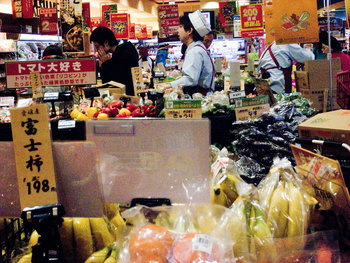
Allocative Efficiency
Allocative efficiency is the production of the things that satisfy customers needs and preferences. In a free market, this is driven by intense competition between producers. For example, competition between fashion firms results in the production of trendy fashion items for teenagers. Allocation efficiency also requires that producers not produce too much such that they end up with a surplus. This is an extremely difficult thing to achieve and is one of the primary reasons that a centrally planned economy tends to be inefficient.Productive Efficiency
Productive efficiency is producing things at the lowest possible cost given the level of quality that is demanded by the market. This is based on factors such as economies of scale, productivity and efficiency. For example, a large firm that produces toothbrushes at great scale with efficient automation and productive workers may achieve a low cost per unit that is impossible to beat. When this happens across an entire economy for all products and services, you have productive efficiency.Distributive Efficiency
Distributive efficiency is the allocation of products and services to those who need them. For example, an economy where all products and services are consumed by a wealthy few with everyone else unable to procure the basics of life can be viewed as inefficient. Certainly those who aren't served by the system will view it as inefficient and may be likely to overthrow the system. Ideally, a system allows all to participate in production and all to enjoy in its rewards.Externalities
One common way that modern economies are inefficient is that they may damage common resources and communities. For example, firms that do damage to air, water, land, ecosystems and/or quality of life. These are known as externalities because the costs of such damage is often not considered in the optimization of economic systems.| Overview: Economic Efficiency | ||
Type | ||
Definition | ||
Related Concepts | ||




























